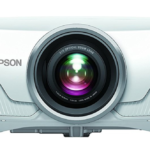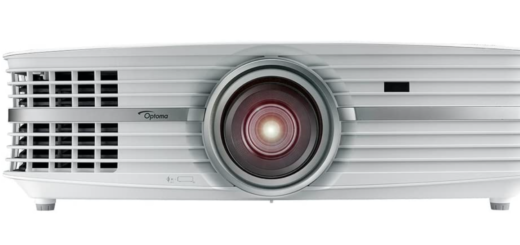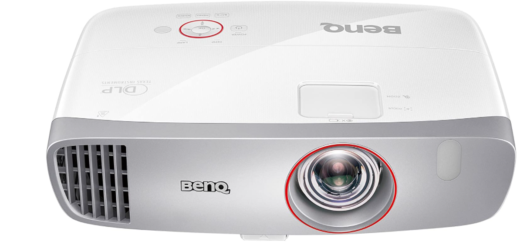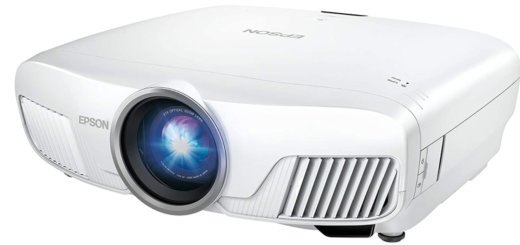Epson Home Cinema 4000 Review (4K LCD Projector)
It retains nearly everything which made the Epson Home Cinema 4000 a fantastic choice: HDR along with WCG service, digital lens change, zoom, and focus for simple and flexible setup, and pixel change to present the additional resolution from 4K sources.
The most important distinction is that the LCD panels do not supply the identical black levels or contrast ratios of this 5040UB, but for those people without a totally darkened room, this will not matter. Total the Epson Home Cinema 4000 is an excellent projector for the cost, but those who have mild controlled rooms need to step until the 5040UB.
Design Of Epson Home Cinema 4000
It’s true broad color gamut support whilst everything else in this price range is secured to the HDTV color gamut, has HDR that functions nicely, a motorized lens system which makes it a lot easier to set up and put the Epson Home Cinema 4000 in comparison to other projectors, along with an optical change to acquire the additional resolution from 4K sources. In case you’ve got a control system such as Control4, integrated Ethernet, and RS232 which makes it quite simple to incorporate the Epson Home Cinema 4000 into your AV system.
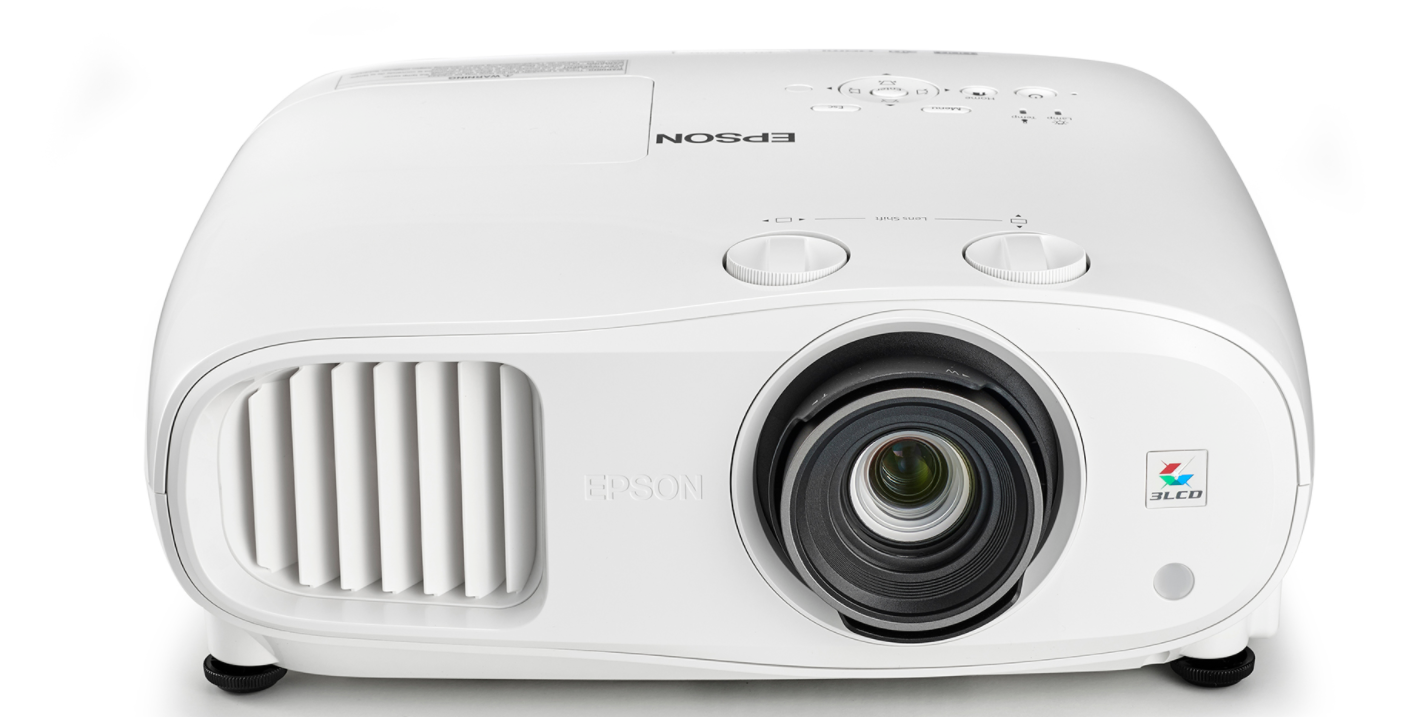
It’s not completely undetectable in performance, but it’s more powerful than previous Epson Home Cinema 4000 Projector models and if viewing HDR articles I did not detect it in actions. Even then it is not a whole 18.0 Gb/sec interface, so viewing Billy Lynn’s Long Halftime Walk, which will be in 60Hz HDR, my UltraHD Blu-ray participant needed to ship it as 1080p rather than 4K. This was the only name that endured from this matter, however, and the only input by my recipients worked just fine.
The 5040UB was notable in providing aerodynamic lens setup for $2500 final year when additional businesses need $4000 or more, and also the HC4000 supplying that for under $2000 is another breakthrough. If it comes to feature collections, the Epson Home Cinema 4000 directs the course, but it just matters if the operation stays up.
Epson HC4000 Performance
Just just how can the Epson Home Cinema 4000 work? In all honesty, you can return to our overview of this 5040UB and it’s all but identical, besides a gap in black levels. It’s immediately evident the HC4000 blacks aren’t exactly what the 5040UB can create. They are well before a DLP projector in this price range but supporting the Epson 5040UB along with also the Sony 45ES. But that Sony also lacks the majority of the features that the HC4000 provides, therefore the more direct contrast is that the 5040UB.
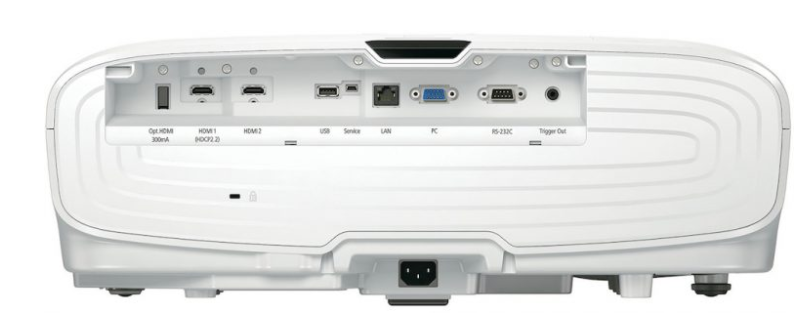
Nevertheless, the Epson Home Cinema 4000 performs nicely. I did my screening on a 92″ Stewart Studiotek 100 display and there was not any difficulty filling this up. Despite my ceiling lights, I managed to see the NFL playoffs on it just fine with no display appearing too washed out. Motion for the gamers was rather good, and onscreen graphics were sharp.
Turning off the lights brought out a lot more pop into the picture with the white display, and viewing the match was a much greater experience. Since my display is a micro-perf version, it loses a fantastic quantity of light however, the HC4000 is bright enough to deal with this. Paired with a display with more profit, or you with some mild rejection, the HC4000 might easily allow you to watch soccer at 120″ with ambient lighting in the room.
Inputs Of Epson Home Cinema 4000
More significant is the way the Epson Home Cinema 4000 manages 4K content and HDR. Epson Home Cinema 4000 published a new firmware in overdue 2017 that altered the way that it manages tone mapping using HDR content, therefore our testing relies on this latest revision. Together with the recommended settings from Epson Home Cinema 4000, the HC4000 may pay for the DCI/P3 color gamut and does a far better job of tone mapping compared to the prior firmware revisions did. Having a high gain screen without micro-perf, you can anticipate nearly double that sum.
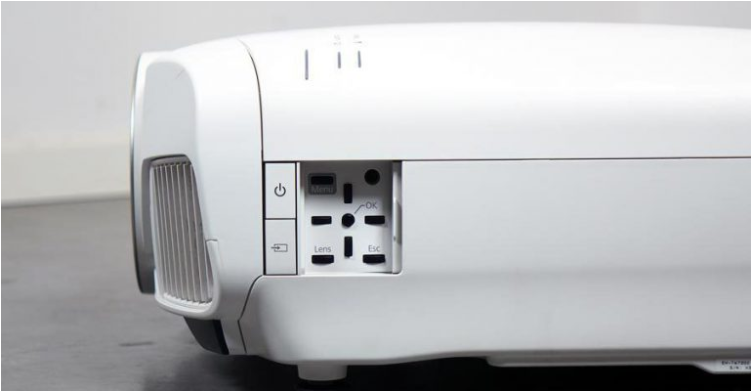
With this upgraded firmware, 4K Blu-ray games had all of the enlarged colors you anticipate, and specular highlights might be 2-3x as smart within our installation. It does not supply the entire HDR experience such as a TV may, but it’s a far greater experience than just having SDR content using fewer colors and darker highlights.
Together with the Bright Cinema preset, you eliminate a number of those expanded color gamut, however, you get more brightness for much more powerful HDR. What I found worked with Intelligent Cinema was going to decrease the comparison from 50 down to 29, which cut tone mapping in 1000 nits whereas the default option is nearer to 400-450 nits. It will reduce the total brightness somewhat, but the higher detail in brighter regions of the picture (flames, by way of instance ) was worthwhile in viewing.
OS, Apps, and Features
As you can see, together with all the Epson Home Cinema 4000 along with most other projectors with HDR, you are needing to choose between greater tone mapping or enlarged color gamuts. Each of the shots above was shot with manual exposure, which means that you may observe the comparative shift in brightness in comparison to detail. Typically, I ended up choosing the expanded color gamut rather than the enhanced tone mapping.
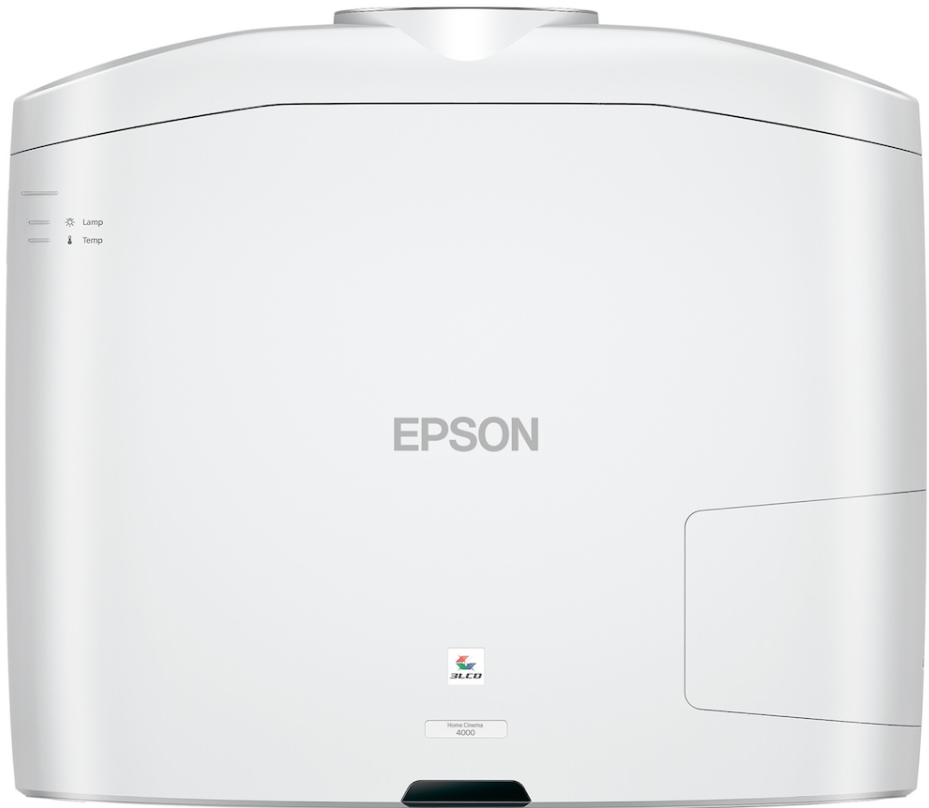
I see highlights outside to 600-650 nits, well beyond the 100 nits of SDR, but also watch much better color however bright the item is. For exceptionally bright content, I would select the Bright Cinema preset with the reduced contrast to bring out more information in the picture. The huge bulk of the material on 4K HDR material still is 100 nits or reduced, which means you simply lose out on several highlights in certain scenes.
I watched a massive assortment of 4K HDR articles on the Epson Home Cinema 4000 also it consistently did an excellent job. I definitely noticed the difference in the 5040UB during the night if there was no ambient lighting, but throughout the afternoon with some light creeping in it’s more difficult to tell a huge difference. Assessing 4K to Blu-ray substance the 4K content seems better, both with enhanced colors and highlights, but also more detail in the excess resolution and compression.
In the Cinema manner with SDR content out of the box, the Epson Home Cinema 4000 is really accurate. The gamma monitors the BT1886 curve nicely but the RGB equilibrium moves towards gloomy as you get nearer to 100% stimulation. Colors show mistakes with many over the presence of 3.0.
The contrast ratio of 1558:1 is based on what we view on screen since it’s far better than DLP although maybe not up to the criteria of other LCD or LCOS versions. We did all of this testing together with the dynamic iris off to find baseline information. The HC4000 does cover the whole Rec.709 color gamut too which some more affordable projectors can’t.
Key Features Of Epson Home Cinema 4000
Using the controls at the Epson it isn’t hard to acquire the grayscale consistent with our aims. We corrected 30 percent and 80% points so 100 percent is off but the remainder of the grayscale is near an error level of 1.0. Color saturations improve, and also the color checker still has a few readings over 3.0 but considerably fewer than previously.
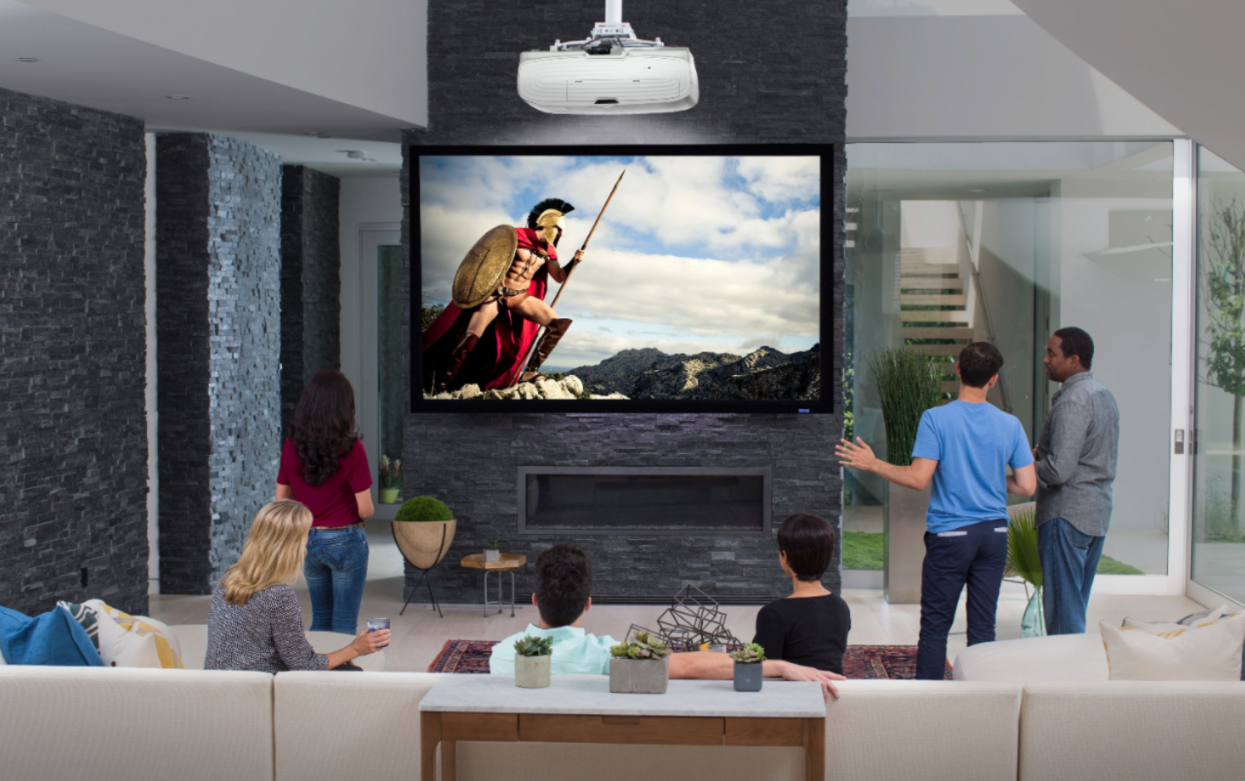
Total the Epson Home Cinema 4000 cleans well with a few alterations to the grayscale and CMS and boosts the picture. It’s good from the box, however, a calibration into the SDR style can dial it.
Our HDR calibration utilizes the upgraded firmware at the end of 2017 because it alters how HDR is managed. The most obvious thing about the HC4000 is you are able to observe the tone mapping begins later to conserve some more emphasize details. This may result in some content becoming dimmer than it should be, but that just applies to TVs. The true brightness will be wholly determined by your display dimensions and gain.
Colors are extremely accurate once you eliminate the luminance mistake from them. Since the HC4000 is tone mapping otherwise compared to an HDR TV to maintain highlights otherwise, the mistake levels with luminance contained are higher. Much more intriguing is that the HDR brightness over time chart. Provided that the Epson Home Cinema 4000 must start the iris and it’s lively, it requires time to correct and you’ll be able to observe that in such outcomes.
Setup
From the Digital Cinema mode, the Epson Home Cinema 4000 covers 98 percent of their DCI/P3 color gamut, therefore it could show virtually all colors in HDR content, not in various brightnesses. The color checker can also be great, as long as you eliminate the luminance information from it.

It may look strange to take out the luminance advice for HDR, however, because there is not an HDR projection benchmark, every business is managing how they exhibit the material otherwise. Even though a TV should reach those luminance goals, projectors are functioning differently providing constraints on them.
Total the Epson Home Cinema 4000 performs quite nicely in the calibration testing. The principal flaw will be the comparison ratio for SDR material that is all because of the greater black level in relation to the 5040UB, but grayscale and colors are wonderful.
After studying the Epson HC4000 broadly, it’s not difficult to give it a recommendation to people following a projector to get their property. It seems fantastic, it gives flexibility in setup and installation, and it remains nice and silent whilst viewing a movie. It’s prepared for the long run with HDR and WCG support, even in the event that you have not moved to this point yet but you probably will until you know it.
I just add two caveats for my own recommendation. If you merely see 1080p content rather than wish to update, the Sony VPL-HW45ES provides better blacks and marginally greater movement quality for about precisely the exact same cost. It lacks all the simple setup features such as a motorized lens, so it can not take 4K content and does not do HDR or WCG, but it will seem a bit better with 1080p. A couple of years back I’d have probably chosen the Sony, but with much more articles coming out in HDR and WCG today, I’d find the Epson Home Cinema 4000.
Audio Quality Of Epson Home Cinema 4000
In case you’ve got a dedicated theater room, you see a great deal in the night with no ambient lighting or possess a mild rejecting display, you need to step up to the Epson 5040UB. The enhanced black levels are simple to view and it creates both SDR and HDR content viewing a much better experience. In case you’ve got ambient light, that’s going to negate the advantages of the enhanced black level, therefore more informal screening surroundings will do just fine with all the HC4000.
It is great to find features like HDR and WCG support coming into projectors that cost under $2,000 such as the HC4000 and also to find it does a fantastic job of demonstrating that content. The Epson Home Cinema 4000 comes highly suggested by me and is now the ideal projector I’ve ever used at this budget.
Native 4K imaging–in which the processors exhibit each of 8.3 million individual pixels (3840 x 2160) in every framework concurrently –remains uncommon in a manageable consumer projector. But this past year, Epson Home Cinema 4000 introduced two 3LCD versions which use pixel changing to accomplish a clear resolution near 4K. The cheaper of both was that the PowerLite Home Cinema 5040UB, nevertheless selling, as I write this, for approximately $2,700.
Features Of Epson Home Cinema 4000
The 8.3 million pixels which constitute every frame of a customer 4K origin are processed to about 4 million. These are then divided into a set of two million sub-frames. Following the very first of these subframes is displayed, the image is changed diagonally with a microscopic quantity, and the next sub-frame is exhibited.
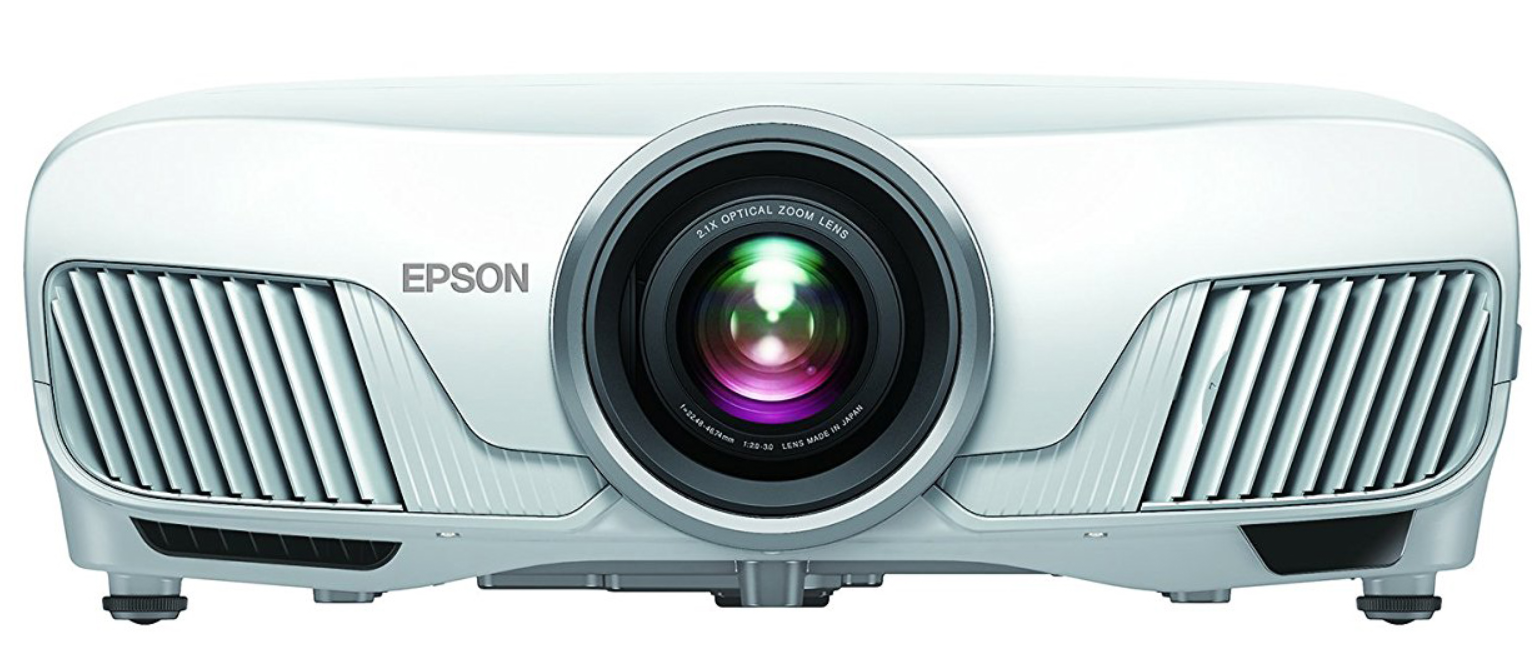
JVC, clearly, uses a similar strategy in the majority of their LCOS layouts, now starting at $4,000. It provides the majority of the features of this 5040UB and provides 4K sign compliance, large dynamic selection, wide color range, and Epson Home Cinema 4000 4K Enhancement to more prospective buyers than previously.
These lens alterations were slow to react and tricky to place, but with patience, so I discovered they did the task and it is unusual to get motivated lens features on a projector at this price. There are 10 cushioned lens memories; I used one for 1.85:1 substance and another for 2.40:1. A Blanking control enables you to crop the picture over the top, bottom, or sides. Heresy, I understand (along with the Cameron police might be on the way as I write), however, I did it! The projector also supports 3D, such as 2D-to-3D conversion (although it’ll do with 4K, which is not a part of their UHD specifications).
Predecessor Of Epson Home Cinema 4000
Additionally, it has almost no fan-driven cool-down interval on shutdown. But I’d be ready to replace the lamp at much less than its promised lifetime, to keep optimal equilibrium, especially for HDR. The projector could be connected into your home network video origin either wirelessly or wired, the latter having an optional wireless LAN module. (The house network feature was not analyzed with this review.
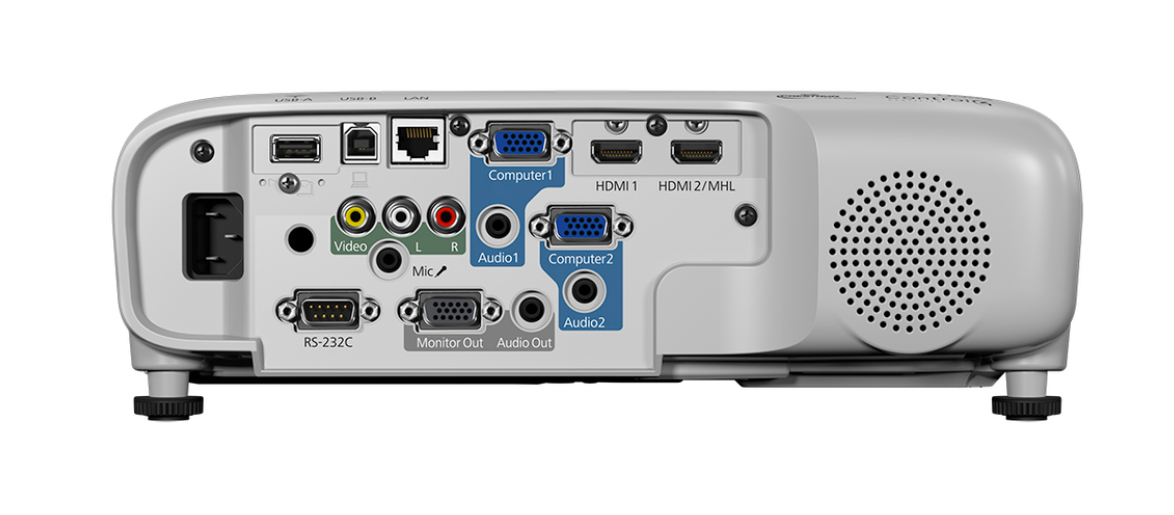
You receive six Color Modes, or graphic presets, for 2D and 2 for 3D. However, in Epson Home Cinema 4000 you can not dial in various configurations for HD/SDR and UHD/HDR at precisely the exact same Shade Mode. The only way to utilize exactly the identical Shade Mode to SDR and HDR, each with different settings, would be to utilize two of those 10 programmable photo memories (separate from the lens memories) and change manually between these.
Nonetheless, it’s simpler to simply use distinct Shade Modes for SDR and HDR (as I did) using various configurations for each, appropriate to the kind of origin (in my instance, Cinema for SDR and Bright Cinema to get HDR). However, with technique, you have to make the switch between the HDR and SDR installations yourself; the Epson Home Cinema 4000 will not automatically change them in reaction to metadata from the source.
Getting connected
If you decide on the 4K Enhancement feature with resources of 1080p or not, the projector upconverts 1080p or reduced resolutions with its own lens change. Should you turn off 4K Enhancement, then the Epson Home Cinema 4000 acts like a normal 2K projector with no lens change. Seven distinct controls affect detail and sharpness in a variety of manners. I depended on Sharpness independently and place the others. I abandon the three-position Frame Interpolation restrain off. (It can not be utilized for 4K, 3D, or even any interlaced source.
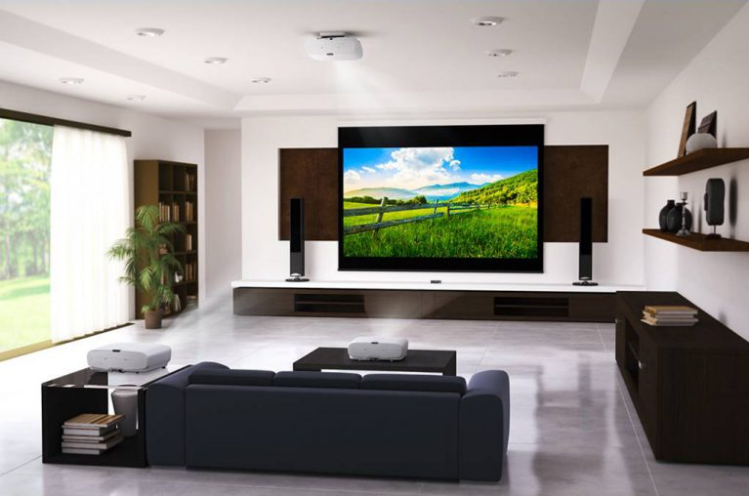
This really is a smart projector, therefore Moderate was nice on my display for SDR. However, for HDR and 3D, you need all of the punch it’s possible to get, therefore High was my pick for those resources. Epson Home Cinema 4000 I didn’t find the fan noise noticeable in High with sound playing with, but it may be intrusive in a much smaller area than mine together with the projector situated directly overhead.
There’s plus a lively iris with Away, Normal, and higher Speed modes to enhance black level on shadowy scenes. There is no static iris–just one difference from the 5040UB, which delivers both dynamic and static My sample was great, so I did not have to utilize it.
The projector may also conduct picture-in-picture out of both HDMI inputs (although maybe not with 3D or 4K resources ). You will find five gamma choices, such as Customized And an Info menu shows that the working states of this Epson Home Cinema 4000, such as the hours around the lamp and information about how the projector is currently managing the origin (resolution, HDR, or SDR, and color gamut, thickness, and subsampling). I found no mixture of control settings that would fill the display with ancient DVDs made in a letterboxed format. This is no problem with Kinect.
Scaling new heights
The remote controller is backlit and comfortably big with usably sized and spaced buttons, a few of which can be programmed for a limited choice of alternatives. A range of different buttons incorporates direct access to several of the projector’s purposes, like the CMS this shortcut is a godsend for calibrators. It passed all the evaluations without any difficulty but neglected 2:2 HD and 2:2 SD that have tripped up over a few screens we have reviewed previously. Additionally, it trimmed both below black and above white, and that we would prefer to not see, however, is not a deal-breaker.
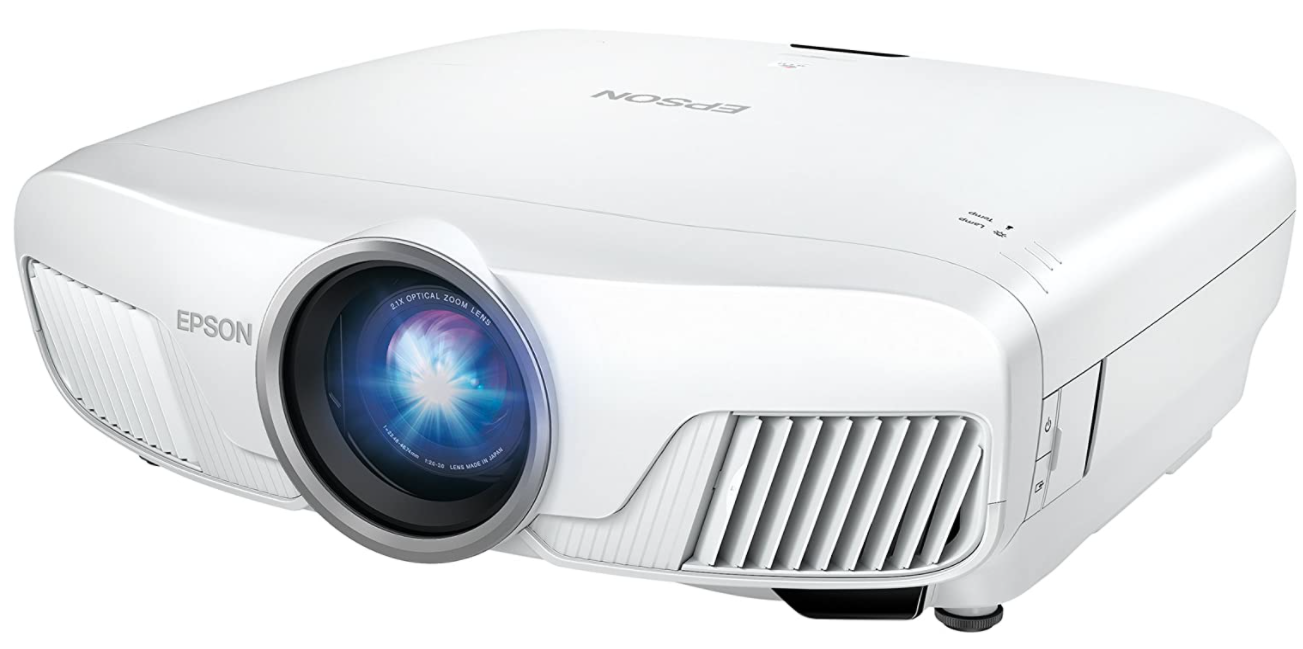
not all of 4K projectors are in fact true 4K using 8-Megapixels on screen. DLP projectors, as for instance, use altering mirrors to double one 4-Megapixels processor to 8.3-million onscreen pixels. Epson Home Cinema 4000 and JVC now provide 4Ke or 4K e-shift technologies in a few of their projector versions. The idea here would be to provide a 4K/HDR/HDCP2.2 grip on a projector using three native HD chips which are changed diagonally so that you wind up with roughly 2-Megapixels on display.
It is a deliciously attractive bundle for anybody who would like to go through the immersion of seeing 4K films on a really major screen. However, is this the ideal projector for you personally? Setting up an Epson Home Cinema 4000 4Ke projector allows you to feel like a pro-installer; it is that simple and quite flexible concerning positioning. The procedure here is indistinguishable, even though the firmware was upgraded for many Epson Home Cinema 4000 4Ke versions since this review has been written.
Worthwhile upgrade
Effectively, you select a place on your projector, be it in the front of a display or supporting, right side up or upside down, flip it on and then use the projector’s aerodynamic adjustments to fine-tune zoom and concentrate. Contrary to the Optoma projectors we’ve tested lately, Epson Home Cinema 4000 4Ke projectors are extremely flexible concerning positioning, and they are a whole lot easier to deal with because it’s possible to place your eyes up to your display.
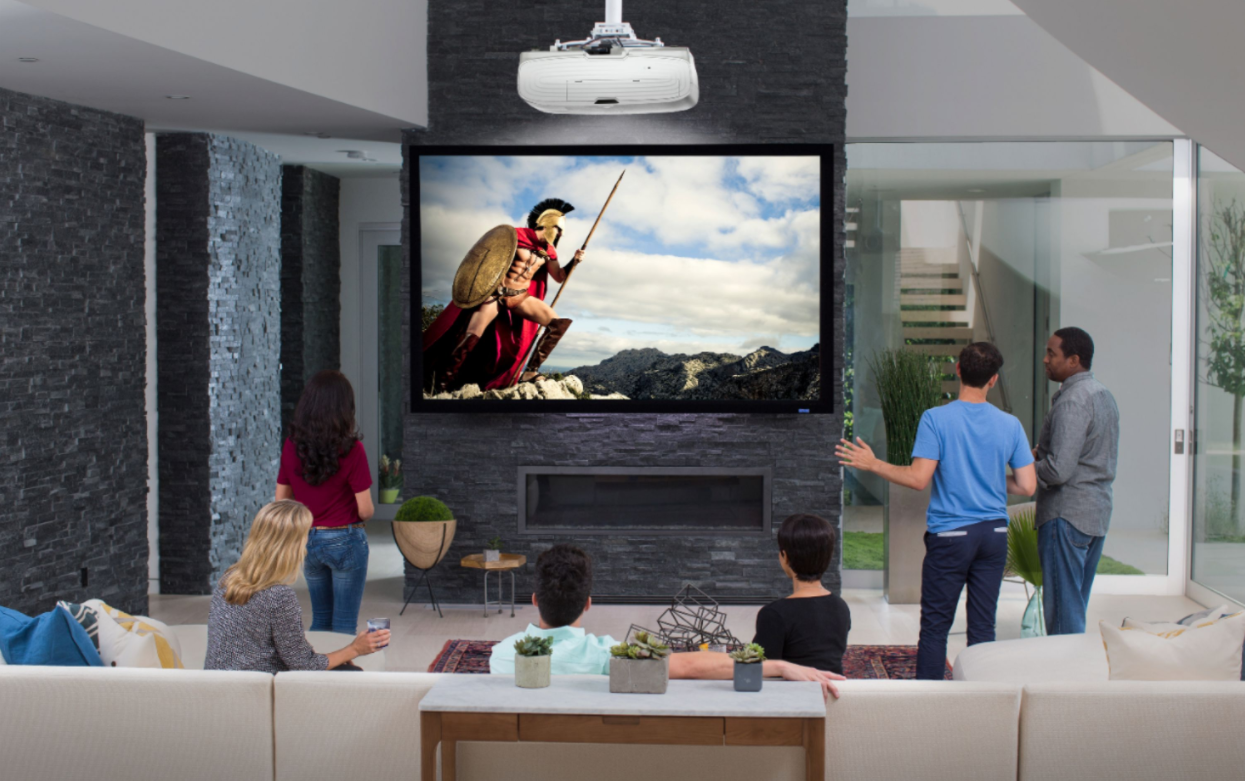
The installation is simple, because of its own aerodynamic controls, a really high-end feature within this budget projector. More to the point, the optics are so great, you would be hard-pressed to inform you this is not a native 4K apparatus.
Additionally, it is rather smart, despite being 300 lumens in comparison to this 5040UB and down Epson Home Cinema 4000 in comparison to this Optoma UHZ65. However, to tell the truth, this projector appeared to over-perform its specs and has been bright enough to see films and TV shows with the curtains open and with all the lights off and the drapes closed.
Then you will find the colors. Dear lord, it is my preferred capability on those Epson Home Cinema 4000 projectors. Together with the ability to replicate 100 percent of this DCI P3 color distance, your HDR10 encoded pictures ooze vibrant, rich, flavorful color.
Fundamentally, the colors are so great on the Epson Home Cinema 4000, it makes the Optoma UHZ65, which costs $2,500 longer as I write this, seem dull and dull. The cause of this is color quantity. The Epson Home Cinema 4000 sets an entire 2200 lumens for all the 3 color channels accordingly, unlike DLP projectors, 3LCD projectors do not blow off white levels while pursuing brighter colors.
Final Thoughts
Speaking of that, this projector is not as elegant as LCD, OLED, or QLED panels in regards to dynamic selection and correctly implementing HDR10, but in areas where DLP projectors neglect clearly, the Epson Home Cinema 4000 tone-maps its highlights fairly nicely. You will enjoy a wonderful sense of highlight information about bright objects in HDR-graded films like Guardians of the Galaxy Vol. Two.
Jumping down to 1080p stuff, the Home Cinema 4000 did a fantastic job when watching sports throughout the afternoon, and you have not actually watched your favorite TV series until you’ve experienced it onto a cinematic 100″ display. Blu-rays look fantastic also; in certain ways, even though they do not possess the broad color of the 4K counterparts.
My next favorite feature, following the colors, is that this projector’s 3D capabilities. We are going to discuss comparison in another segment, however, the Epson Home Cinema 4000 does not do a terrific job with it, in all honesty. But when you add energetic 3D glasses into the mixture, the picture darkens, and perceived contrast enhances markedly.
Couple that with all the unbelievable immersive character of sitting near to a 100″ screen, and it is like getting sucked to the films. It is INCREDIBLE (supposing you enjoy 3D and do not get headaches). It is like getting your own 3D IMAX and like you do not have a display in any way. What a pity that more 4K devices do not provide 3D playback.
To sum up, exactly what we enjoyed, the Home Cinema 4000 is quite notable because of its cost. Having a motorized lens, outstanding optics, jaw-dropping 3D, and flavorful color making, Epson Home Cinema 4000 hasn’t made a nice 4Ke projector, however, they have literally destroyed present creation 4K DLP projectors for me personally since they could only replicate about 80 percent of their DCI P3 color space
The Epson Home Cinema 4000 can do a lot of things directly, however, there are a couple of minor problems in addition to two large issues I see as deal-breakers in regards to buying a single. For the small things, Epson Home Cinema 4000 4Ke projectors are hot and loud. As my loaner was a temporary set up onto a plate behind my seat’s position, this was additional troubling for my own review interval, but my advice is to put yours just as far away from the ears as you can (at a well-ventilated location).
Next, to get the maximum from this projector, you would like to conduct it in a HIGH manner, but if you do so, you are going to be purchasing expensive replacement lamps every 3,500 hours.
Lamp replacement includes the projector residing, clearly, but it is something to remember since this $2,000 bargain price may wind up costing you much more like $3,500 in the event that you maintain it for 21,000 hours. In addition, I don’t enjoy Epson Home Cinema 4000 menu program.
In media rooms or areas in which you are going to be seeing with a great deal of ambient light, the HC4000 is going to do a reasonable job. The contrast is adequate since it’s too bright for you to find out exactly what the black levels ought to look like. But, turn off your lights and you’re going to realize that this projector does not create anything near inky black levels (unless you are watching 3D).
Rather, what’s a dark gray, even the letter-boxing on 2.35:1 films. HDR, SDR, it does not really matter this is not a projector I will recommend for critical screening. The Guru Cinema 6040UB was not ideal, either, but it along with the 5040UB is more competent (and I have heard amazing things about JVC).
My final principal problem is compatibility. Epson’s recent production 4Ke projectors accept 4K/24p HDR10 signals through its HDCP 2.2-compliant HDMI input, however, per Epson Home Cinema 4000, maybe not 4K/30p and 4K/60p. (I really don’t believe the HDMI input signal is capable of a complete 18Gbps)
This usually means that you are good to choose 4K Ultra HD Blu-ray playback but you are likely to encounter trouble with gambling consoles, gaming PCs, and streaming boxes such as the Roku Ultra along with Apple TV 4K.
For instance, 4K HDR streaming devices are generally set to 4K/60 using HDR and, yes, you are able to correct output to ensure it is harmonious with all the Epson Home Cinema 4000, but if you head to stream really films and TV shows in 4K HDR from programs such as Netflix, VUDU, along with Amazon, you do not get HDR. Rather, you are stuck using 4K SDR, which can be kinda-maybe-fine since 4K flows utilize HEVC and they generally seem thinner than HD flows, but you are passing up the HDR and broader colors.
In my experimentation, I managed for the Epson Home Cinema 4000 to take 4K/30p with HDR in the Roku Ultra and Apple TV 4K, but the device would playback HDR flows (the Apple TV 4K retains everything in HDR10, clearly, so that I especially mean when you are using Netflix, you will just see”4K Ultra HD” on displays where you’d otherwise find that an”HDR” emblem. To put it differently, if you would like to flow 4K HDR content, then you will have to jump present the creation of Epson Home Cinema 4000 4Ke projectors.

